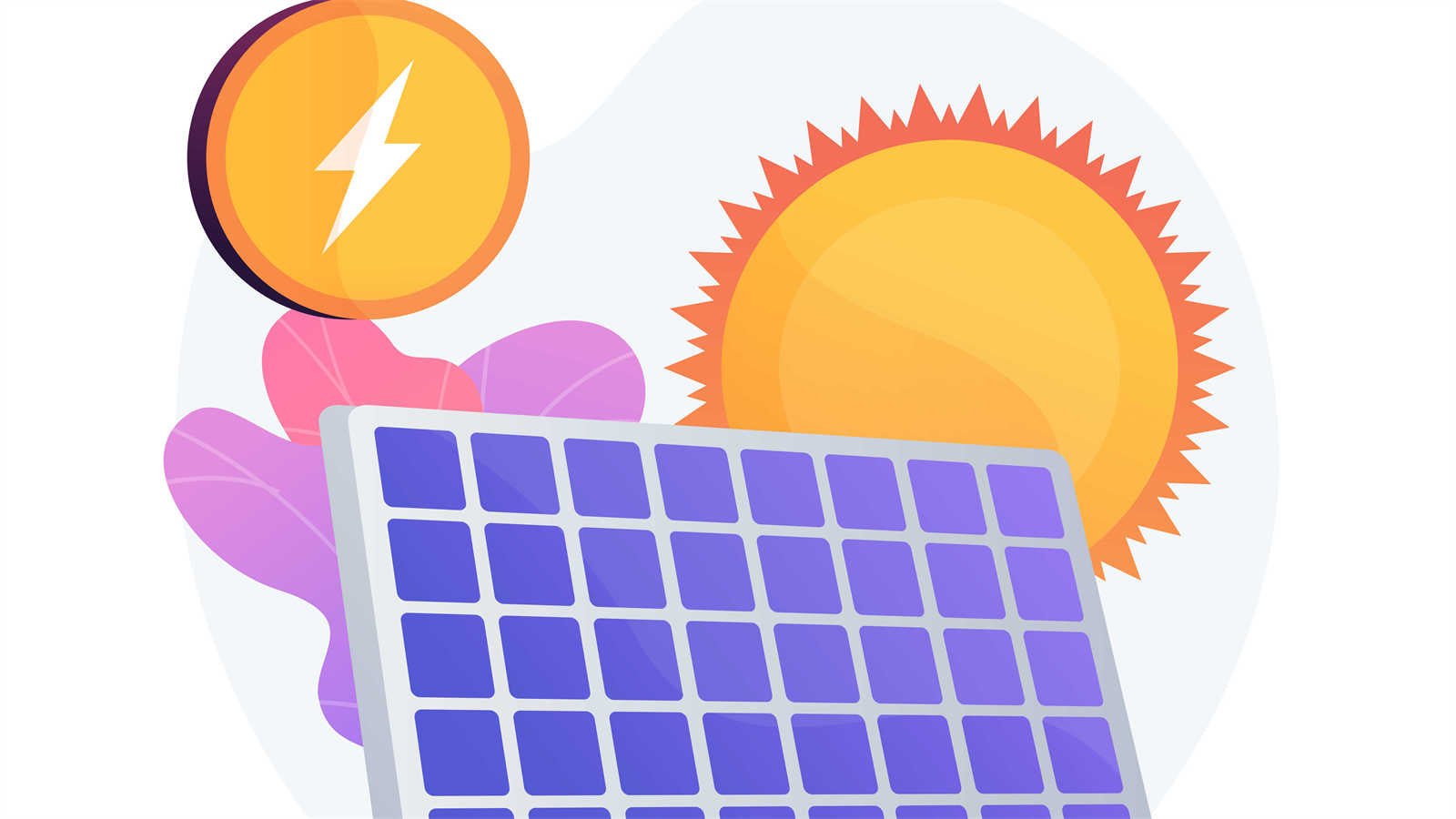In a world increasingly focused on sustainability, converting light energy to electricity is a cornerstone of modern renewable energy technologies. Solar power, in particular, has become a pivotal element in reducing carbon emissions and mitigating climate change. This blog will delve into the comprehensive process of converting light energy to electricity, exploring the science behind it, the technology involved, the benefits and challenges, and the future prospects of this transformative energy source.
The Science Behind Light-to-Electricity Conversion
The fundamental principle behind converting light energy to electricity is the photovoltaic effect, discovered by French physicist Alexandre-Edmond Becquerel in 1839. This effect is the core process in solar cells, where light photons are converted into electrical energy.
-
Photon Absorption: When sunlight hits a photovoltaic (PV) cell, which is typically made of silicon, the energy from the light photons is absorbed by the semiconductor material.
-
Electron Excitation: The absorbed energy excites electrons in the silicon, causing them to break free from their atomic bonds. This creates free electrons and positively charged "holes."
-
Electric Field Creation: PV cells are designed with a built-in electric field due to a junction between two types of semiconductor materials (p-type and n-type). This electric field drives the free electrons towards the n-type layer and the holes towards the p-type layer, creating a flow of electric current.
-
Current Flow: By connecting the PV cell to an external circuit, the movement of electrons can be harnessed as electric current, which can then be used to power electrical devices or stored for later use.
The Technology Involved
The conversion of light energy to electricity involves several technological components and systems:
-
Solar Panels: Solar panels consist of multiple PV cells wired together to form a module. These modules are further combined to form solar arrays, which can generate substantial amounts of electricity.

-
Inverters: Solar panels produce direct current (DC) electricity, which must be converted to alternating current (AC) for most household and industrial applications. Inverters perform this conversion, ensuring compatibility with the electrical grid and home appliances.
-
Battery Storage: To store the electricity generated during the day for use at night or during cloudy periods, batteries are employed. Advanced battery technologies like lithium-ion and flow batteries provide efficient storage solutions.
-
Charge Controllers: These devices regulate the flow of electricity between the solar panels, batteries, and the grid, preventing overcharging and ensuring the longevity of the system.
-
Monitoring Systems: Modern solar installations often include monitoring systems that provide real-time data on energy production and usage, helping optimize performance and maintenance.
Benefits of Converting Light Energy to Electricity
The advantages of harnessing solar power are numerous and impactful:
-
Renewable and Sustainable: Solar energy is an inexhaustible resource, unlike fossil fuels which are finite. Harnessing sunlight reduces dependency on non-renewable energy sources.
-
Environmentally Friendly: Solar power generation produces no greenhouse gases or pollutants, significantly reducing the carbon footprint and contributing to cleaner air and a healthier environment.
-
Cost-Effective: While the initial investment in solar technology can be high, the long-term savings on energy bills and potential government incentives make it a cost-effective option. Solar panels have low maintenance costs and can last for decades.
-
Energy Independence: By generating their own electricity, individuals and communities can become less reliant on the electrical grid, enhancing energy security and resilience, especially in remote or disaster-prone areas.
-
Job Creation: The solar industry has become a major job creator, providing employment opportunities in manufacturing, installation, maintenance, and research and development.

Challenges in Light-to-Electricity Conversion
Despite its many benefits, there are challenges associated with converting light energy to electricity:
-
Intermittency: Solar energy production is dependent on sunlight, making it intermittent. Cloudy days and nighttime reduce energy generation, necessitating reliable storage solutions and grid management strategies.
-
Initial Costs: The upfront costs for purchasing and installing solar panels and associated equipment can be high. While prices have been falling, financial barriers still exist for many potential users.
-
Efficiency: The efficiency of PV cells in converting sunlight to electricity is limited. Most commercial solar cells convert around 15-20% of the sunlight they receive into electricity. Research is ongoing to develop more efficient materials and technologies.
-
Space Requirements: Large-scale solar installations require significant land or roof space. This can be a limiting factor in densely populated urban areas or regions with limited available land.
-
Environmental Impact: The production and disposal of solar panels involve energy and resources, and improper disposal can lead to environmental harm. However, recycling technologies are improving to mitigate these impacts.
Future Prospects
The future of converting light energy to electricity looks promising, driven by technological advancements and increasing environmental awareness. Several trends and innovations are shaping the landscape:
-
Improved Efficiency: Researchers are developing new materials, such as perovskites, that promise higher efficiency rates. Tandem solar cells, which combine multiple layers of different materials, are also showing potential for greater efficiency.
-
Energy Storage Innovations: Advances in battery technology, such as solid-state batteries and ultra-capacitors, are enhancing the efficiency and capacity of energy storage solutions, addressing the intermittency challenge of solar power.
-
Integration with Smart Grids: Solar power is increasingly being integrated with smart grid technologies that optimize energy distribution, manage supply and demand, and enhance grid stability and efficiency.
-
Building-Integrated Photovoltaics (BIPV): Solar panels are being incorporated into building materials, such as roof tiles and windows, enabling seamless integration of solar power generation into the architecture of homes and commercial buildings.
-
Global Adoption: Developing countries are adopting solar power to leapfrog traditional energy infrastructure, providing electricity to remote and underserved areas. International initiatives and investments are accelerating this adoption.
Conclusion
The conversion of light energy to electricity represents a transformative approach to energy production that aligns with the global imperative for sustainability and environmental protection. As technology advances and costs continue to fall, solar power is becoming an increasingly viable and attractive option for individuals, businesses, and governments worldwide. By embracing this clean, renewable energy source, we can reduce our carbon footprint, enhance energy security, and create a more sustainable future for generations to come.


































Leave a comment
This site is protected by hCaptcha and the hCaptcha Privacy Policy and Terms of Service apply.